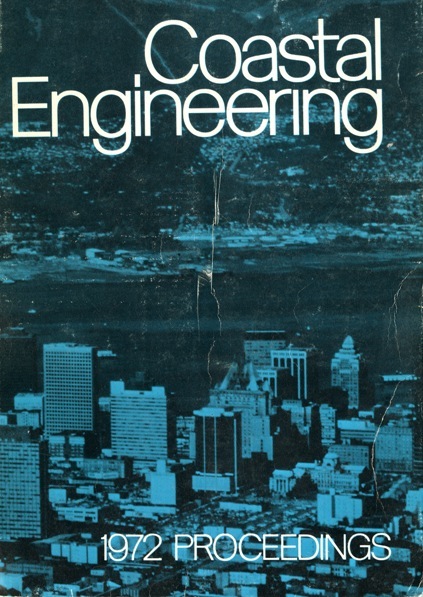Abstract
Field observations were carried out for a period of 20 months on the seashores of Chedabucto Bay, following the spillage of 108, 000 barrels of bunker C oil in the bay by the tanker Arrow in February 1970. The main factors that control the natural cleaning of seashores are as follows: 1) Physico-chemical characteristics of oil: The bunker C-type fuel oil carried by the tanker Arrow forms, when spilled at sea, a very stable emulsion containing some 40 percent sea water. The emulsion formed is 40 times as viscous as pure bunker C (30,000 poises at 32°F). 2) Nature of polluted seashore: The natural cleaning of seashores is essentially mechanical. Abrasion of oil is most rapid on sand beaches because sand-size sediments are moved more vigourously by wave action. Such beaches clean within six months. Cobble and boulder beaches take one year to clean in Chedabucto Bay. Bedrock outcrops are still covered with a veneer of "dried" oil after 20 months of exposure to the surf. 3) Hydrodynamics of the environment: Wave action is the dominant source of energy that reaches the seashores of Chedabucto Bay and the cleaning of beaches is directly related to the amount of wave energy reaching different areas of the seashore.
Authors retain copyright and grant the Proceedings right of first publication with the work simultaneously licensed under a Creative Commons Attribution License that allows others to share the work with an acknowledgement of the work's authorship and initial publication in this Proceedings.

